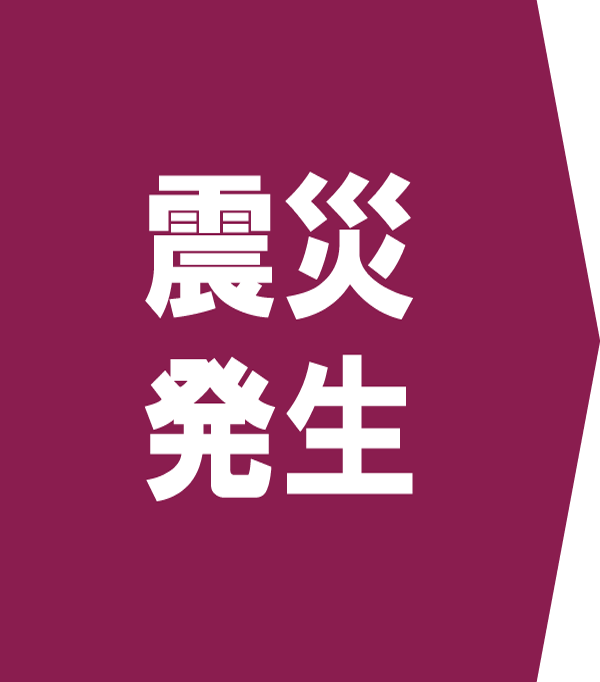
moment of the earthquake

moment of the earthquake
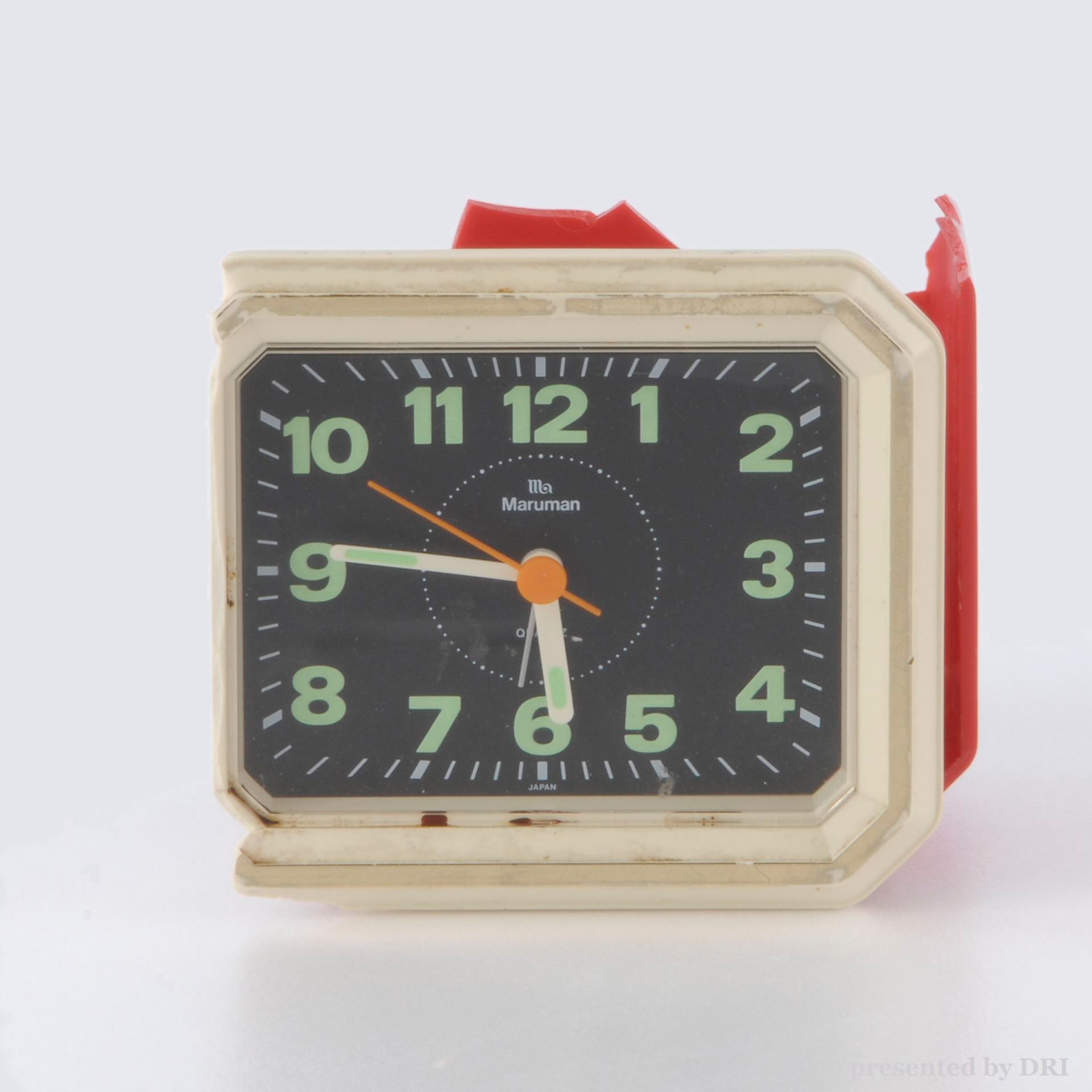
An alarm clock which was destroyed under a fallen chest of drawers. Its hands are showing 5:46, the time of the earthquake occurrence.
The donator had preserved it as a reminder of the earthquake, but later donated it to the museum as a material.
Material No. 3300230 - 1001
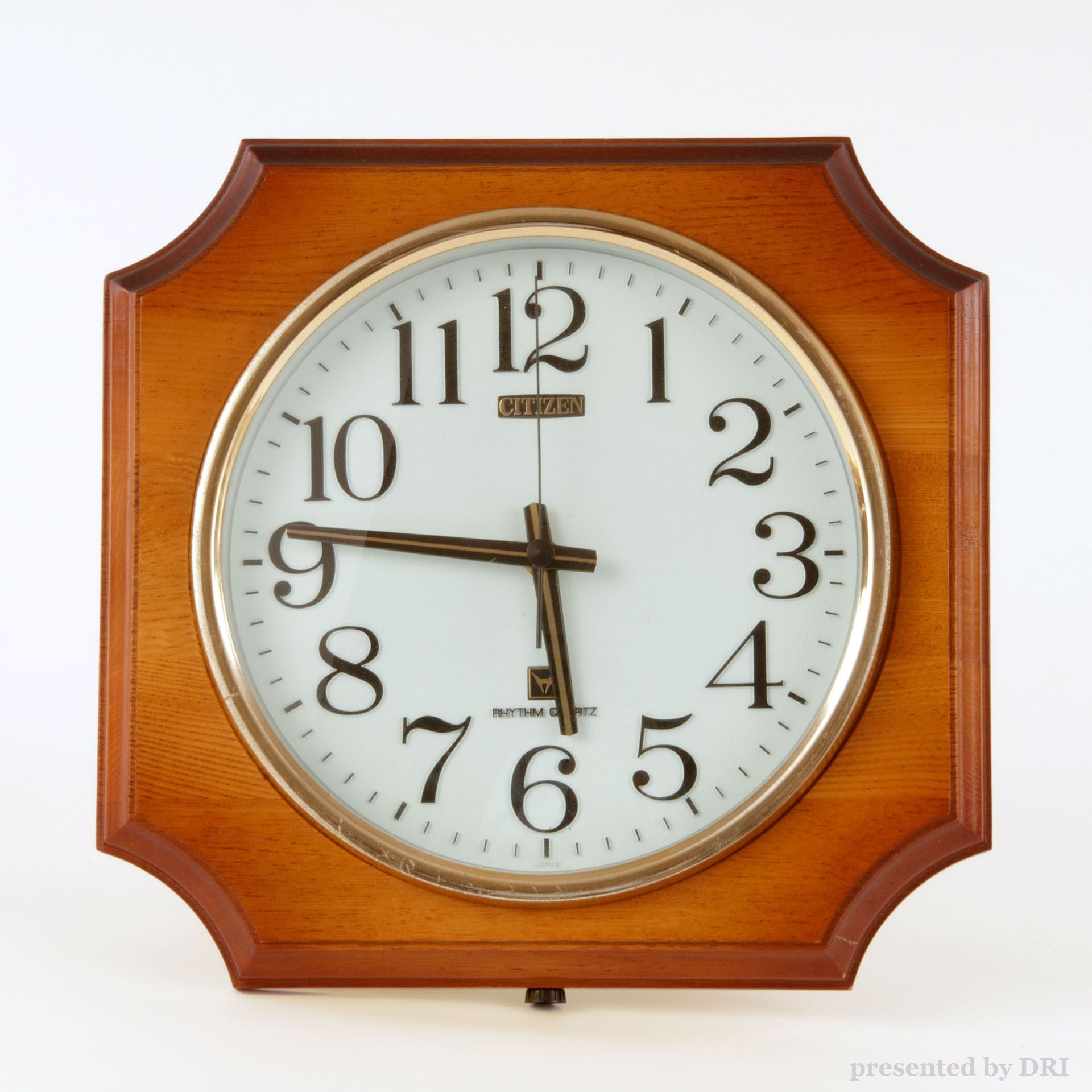
On Jan.17,1995, it stopped at the time of the earthquake on the wall of a house.
Material No. 329 - 1002
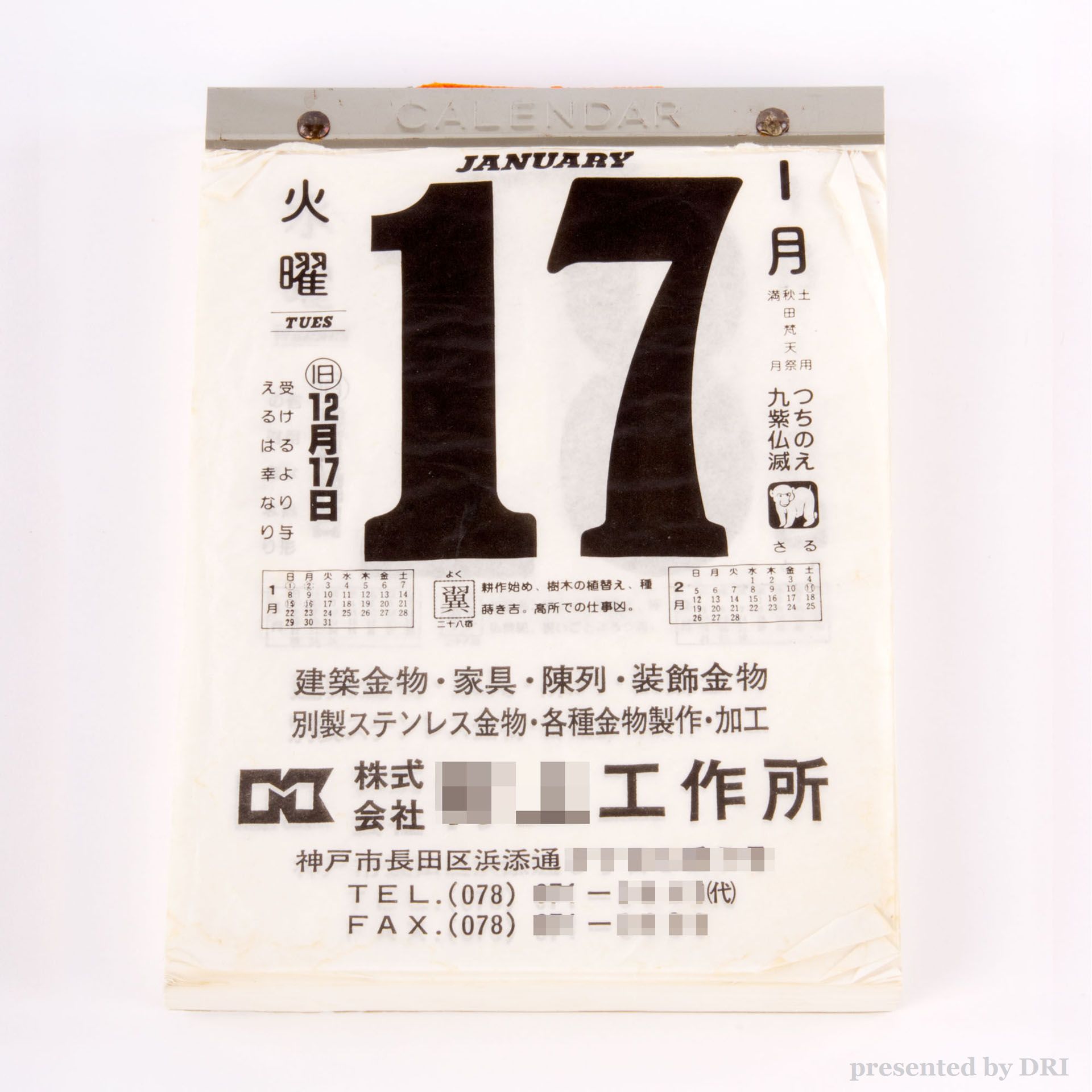
It remained as it was on Jan.17, 1995.
Material No. 2600576 - 1
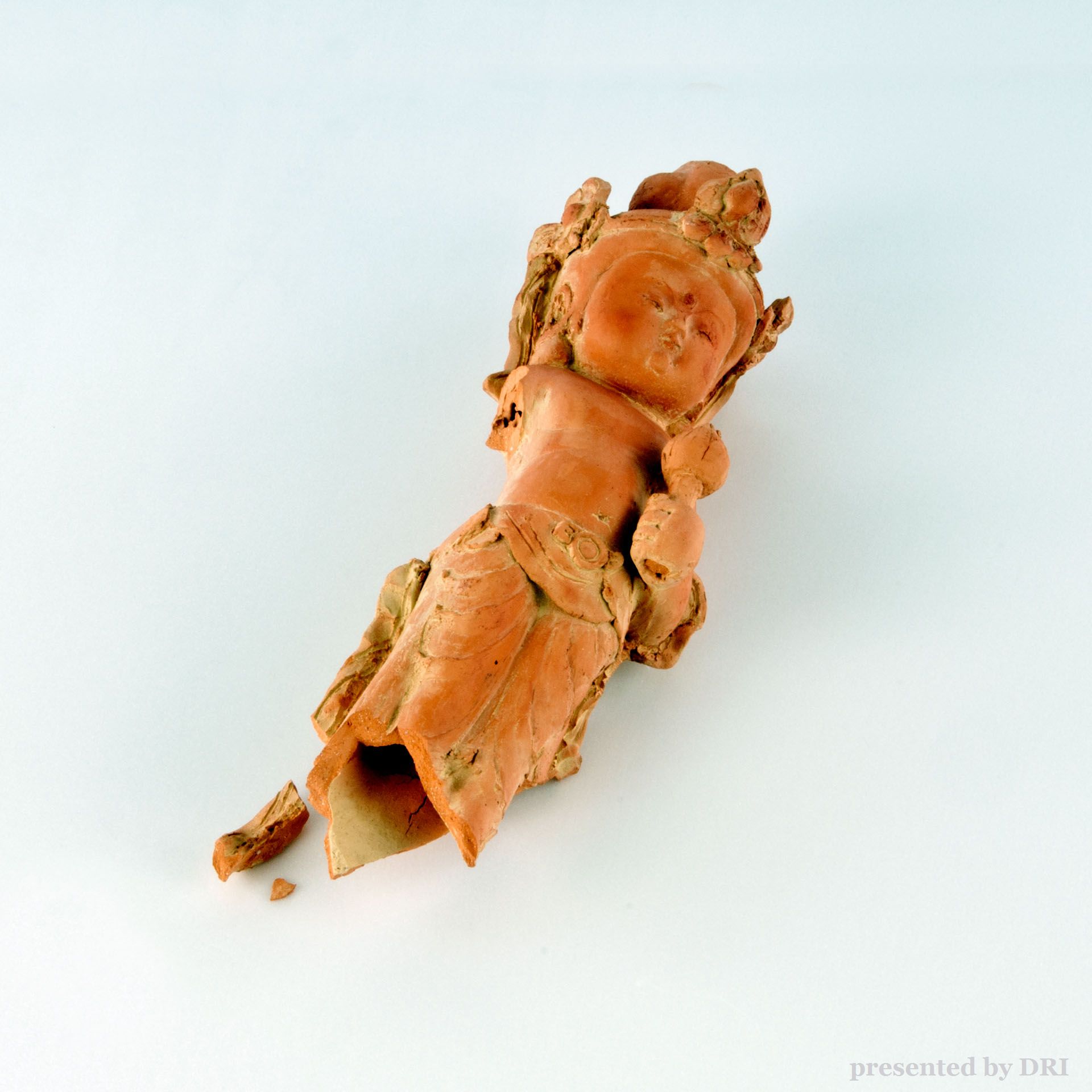
Shaken by the earthquake, its limbs were torn down.
Material No. 3400015 - 1001
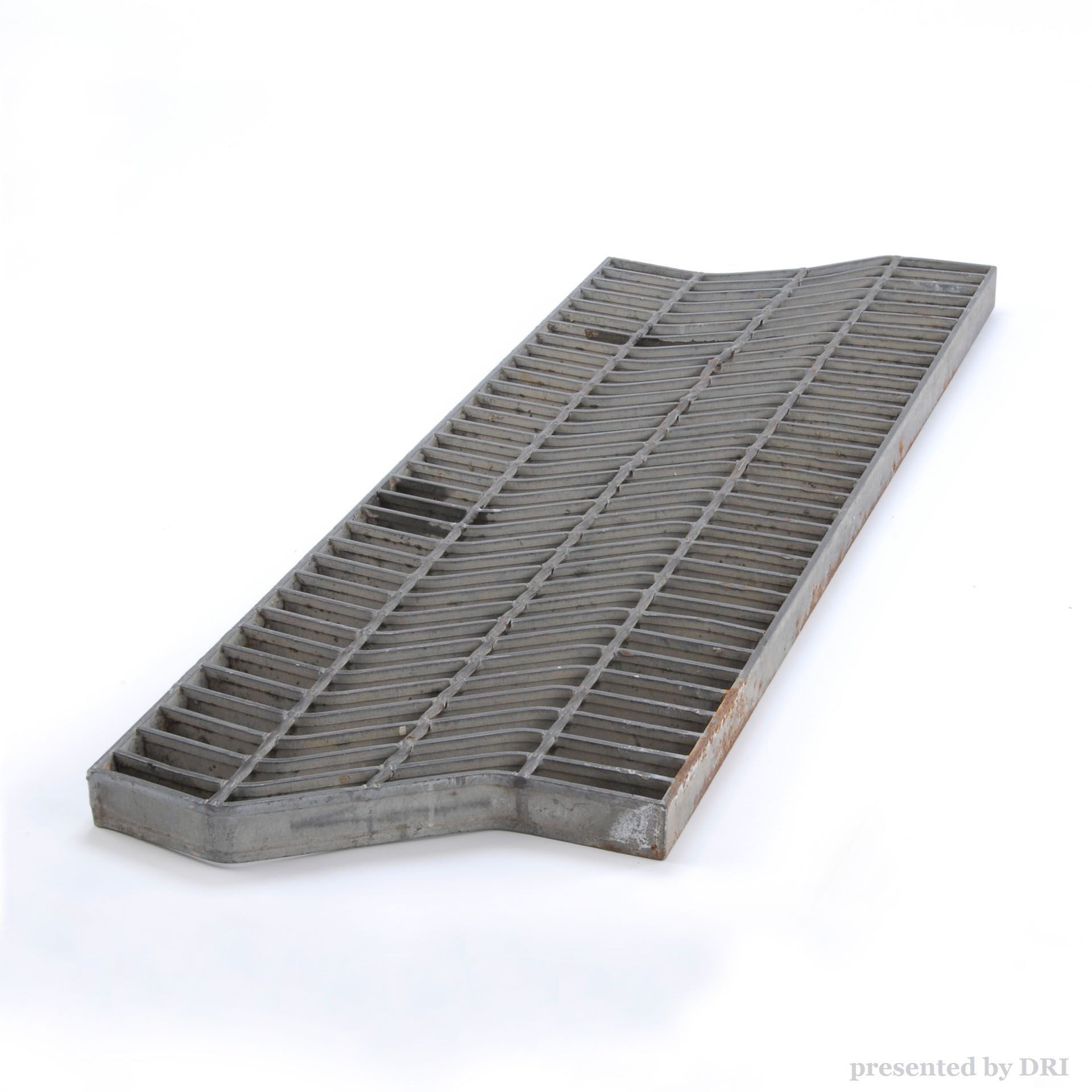
The violent shake of the earthquake distorted the heavy iron gutter cover.
Material No. 1300322 - 3609
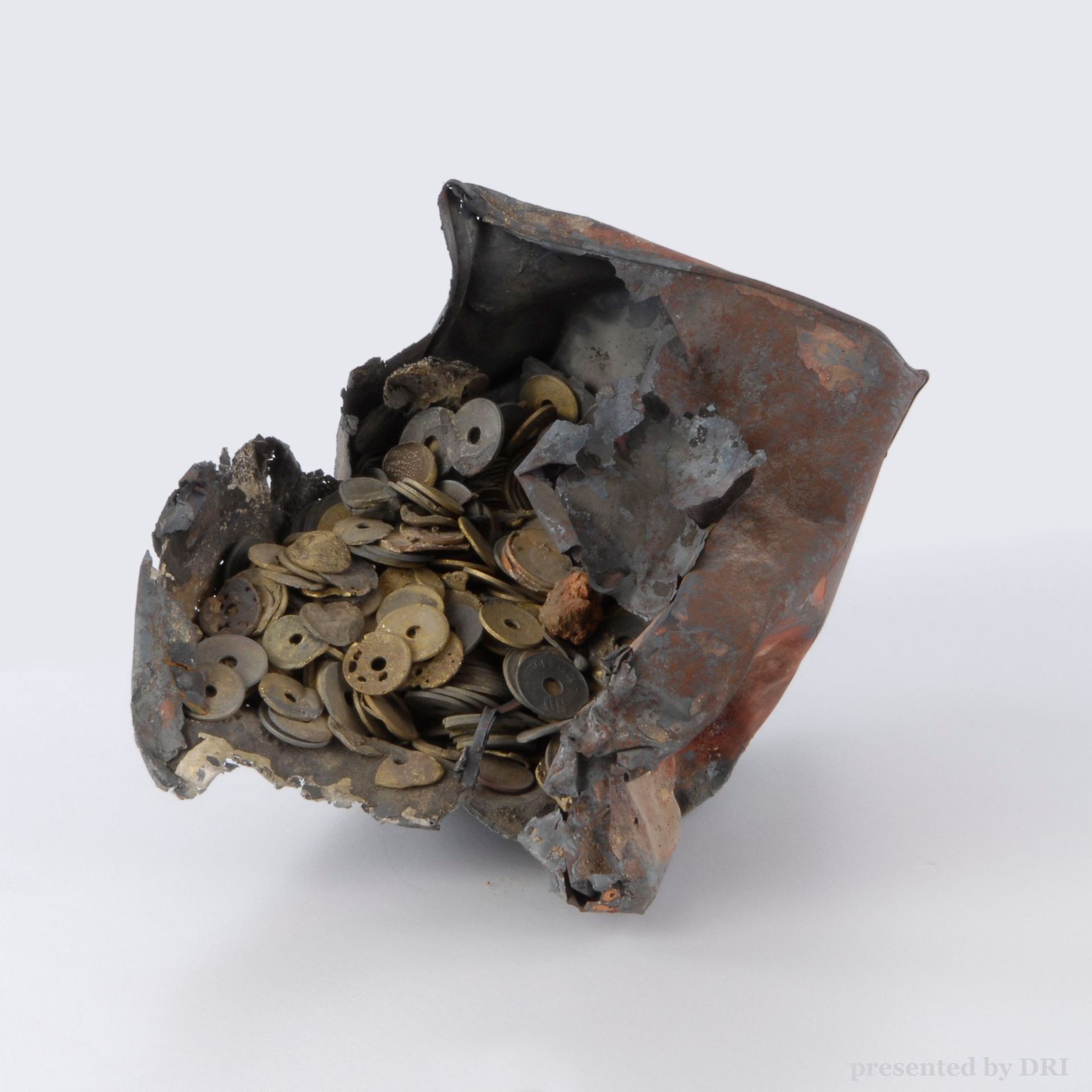
The coins in a moneybox can were burnt altogether by the fire which broke out after the earthquake. All we could gather from the ruins of the fire were such coins or other metal goods.
Nagata Ward, Kobe.
Material No. 4700349 - 1002
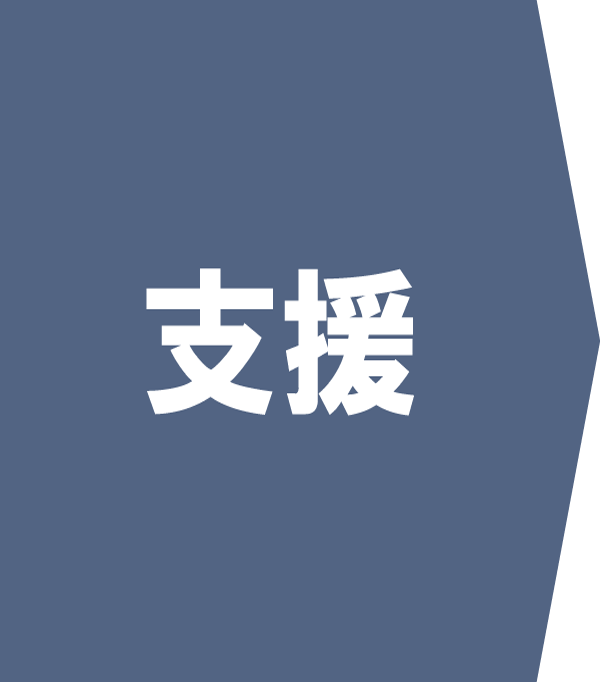
Materials that describe aid supplies and the lives in temporary housing
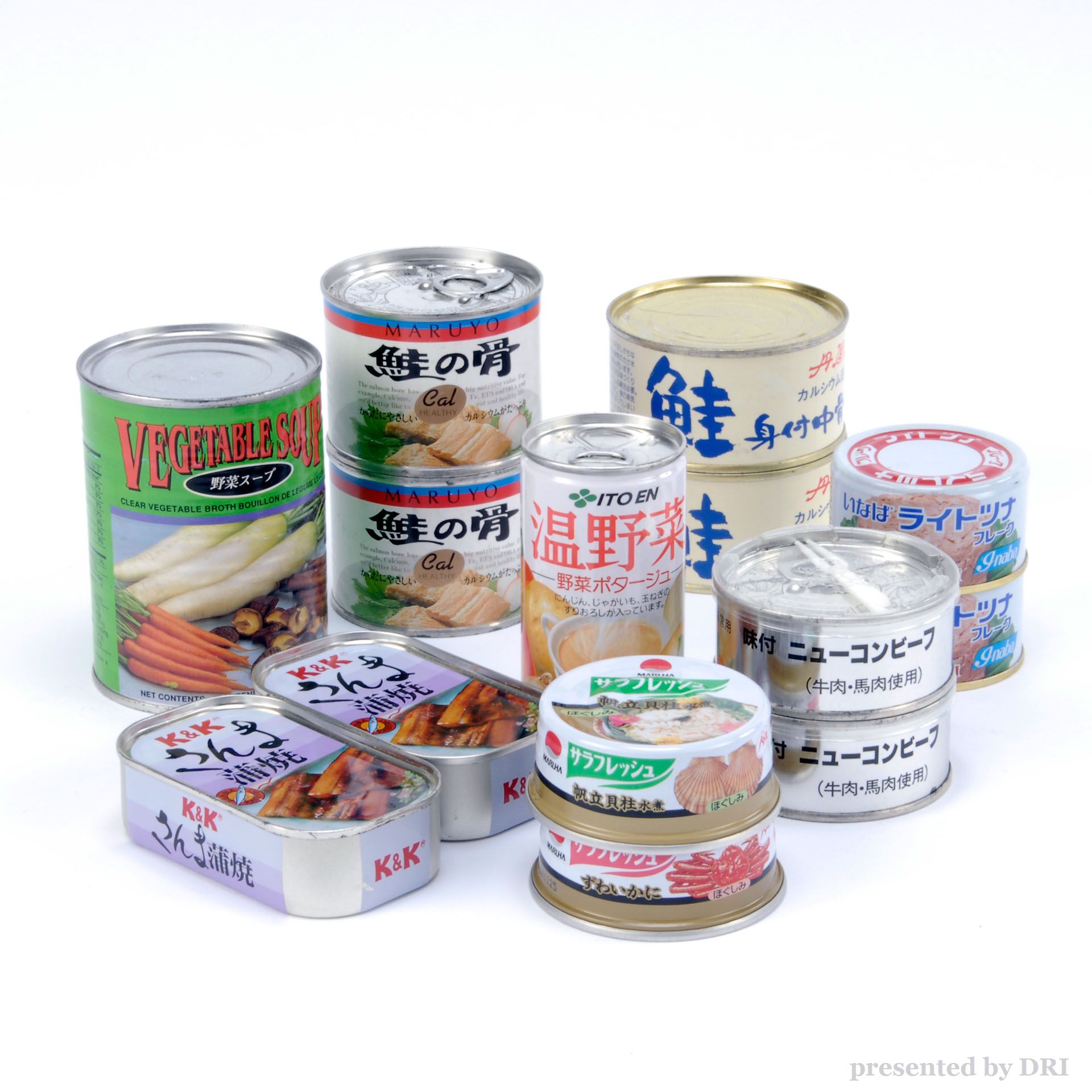
Samples of the food delivered to shelters.
Variety of canned food.
Material No. 207 - 2001
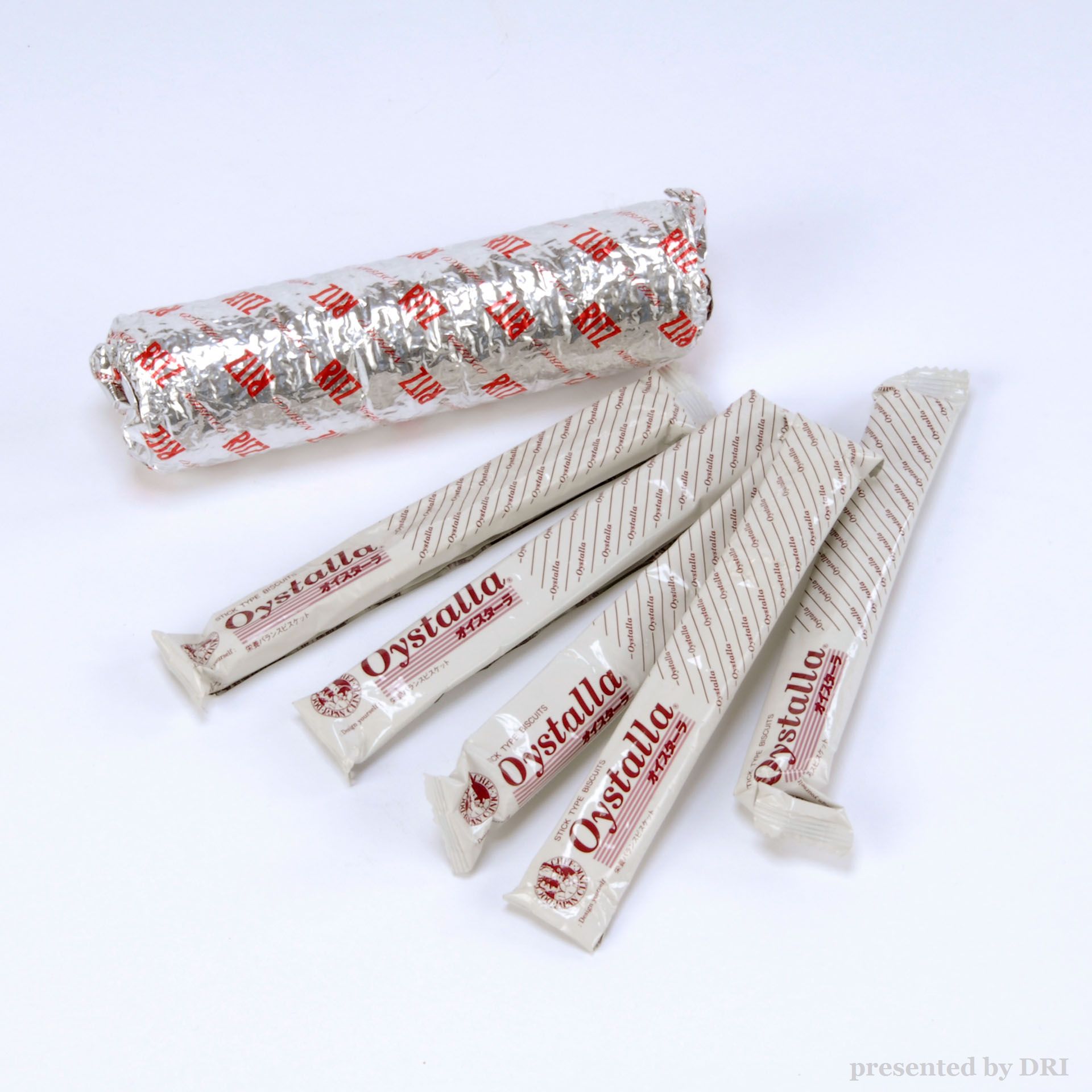
Samples of the food delivered to shelters.
Cookies and crackers.
Material No. 220 - 1008
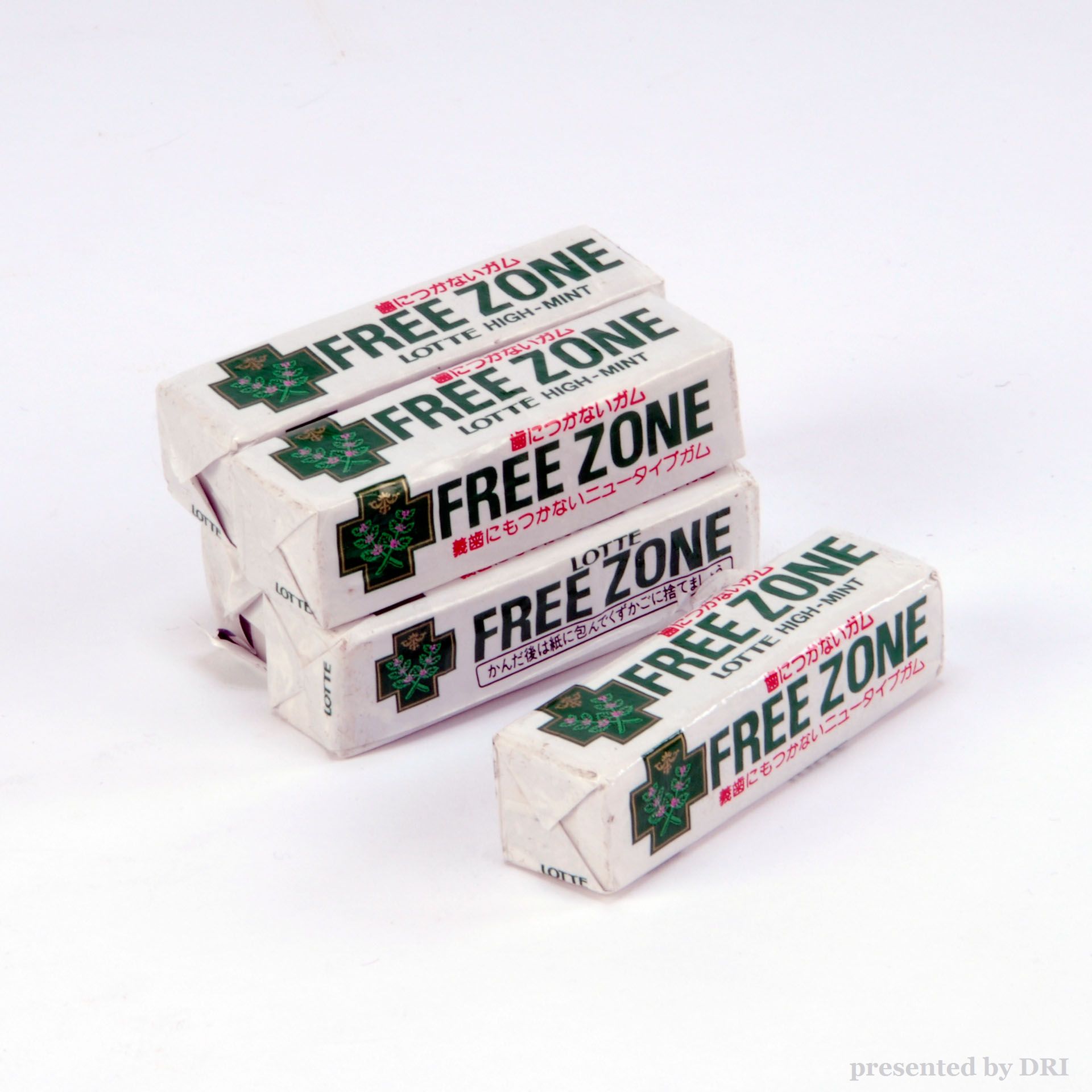
Chewing gums to make up for lack of toothbrushing.
Material No. 220 - 1006
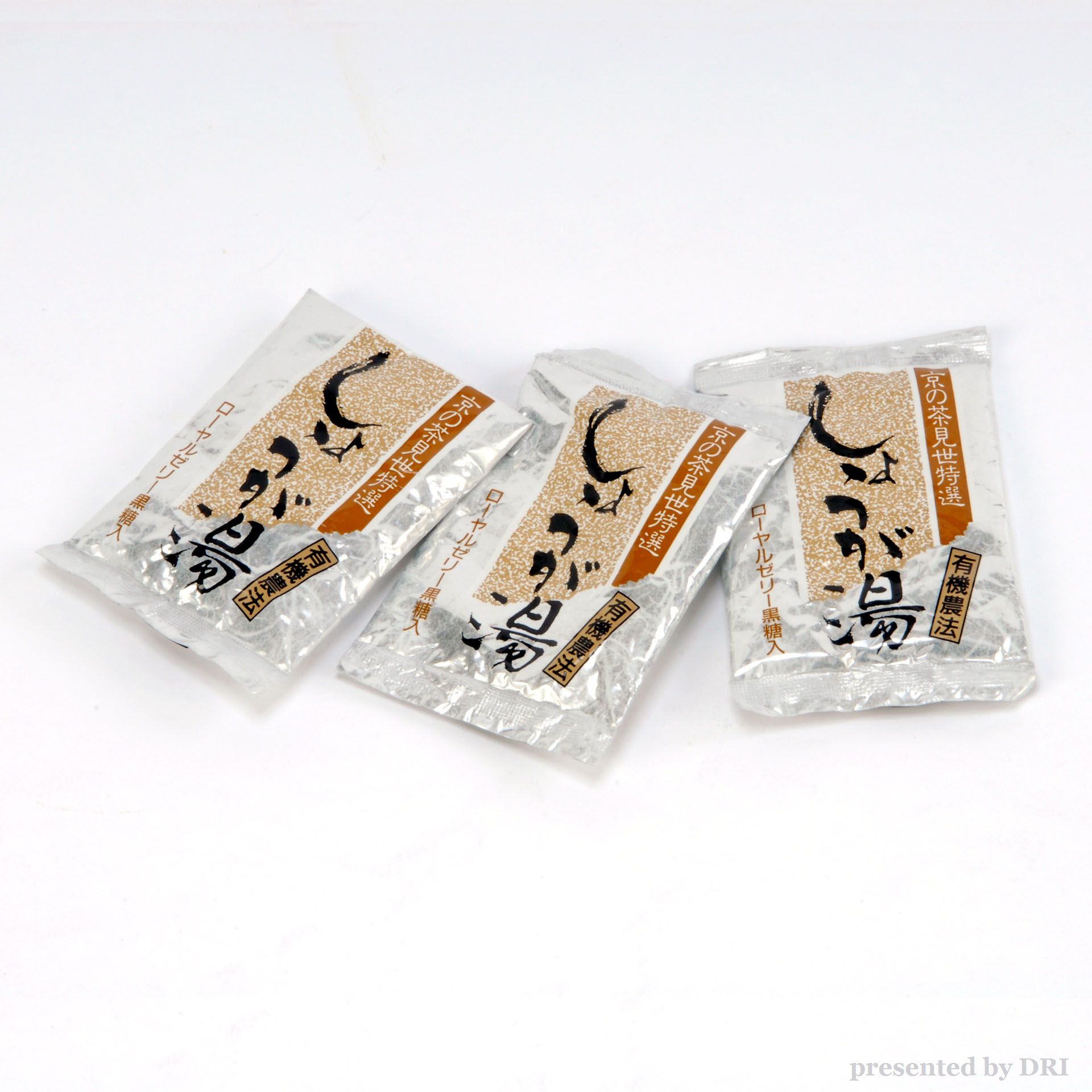
Samples of the food delivered to shelters.
Powdered ginger for making hot ginger drinks to warm the bodies in the cold.
Material No. 4700349 - 1002
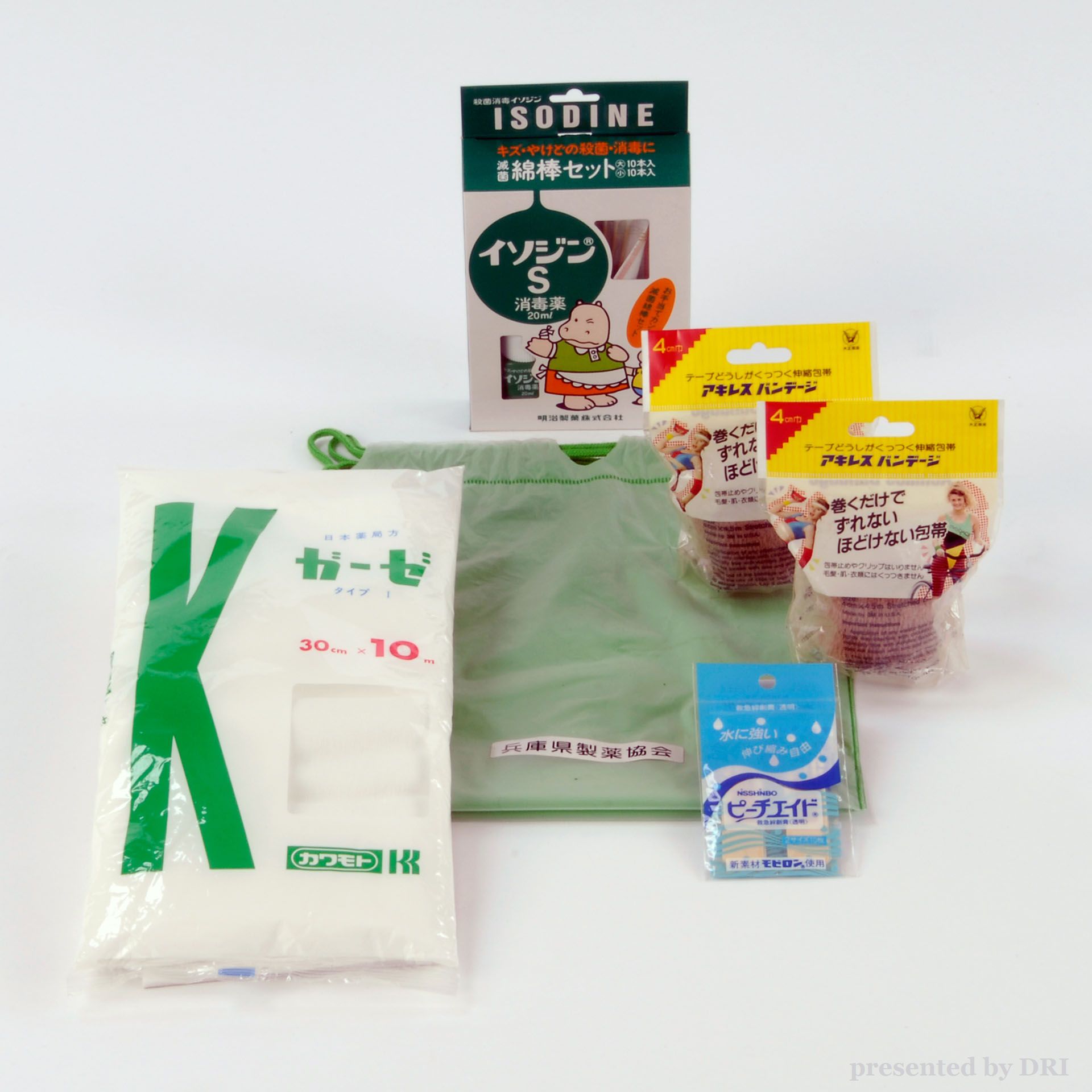
A set of first-aid medicines.
Gauze, gargles, adhesive plasters and bandages.
Cold medicines, digestives and painkillers were also included in the set, but were used up.
Material No. 3300270 - 1001
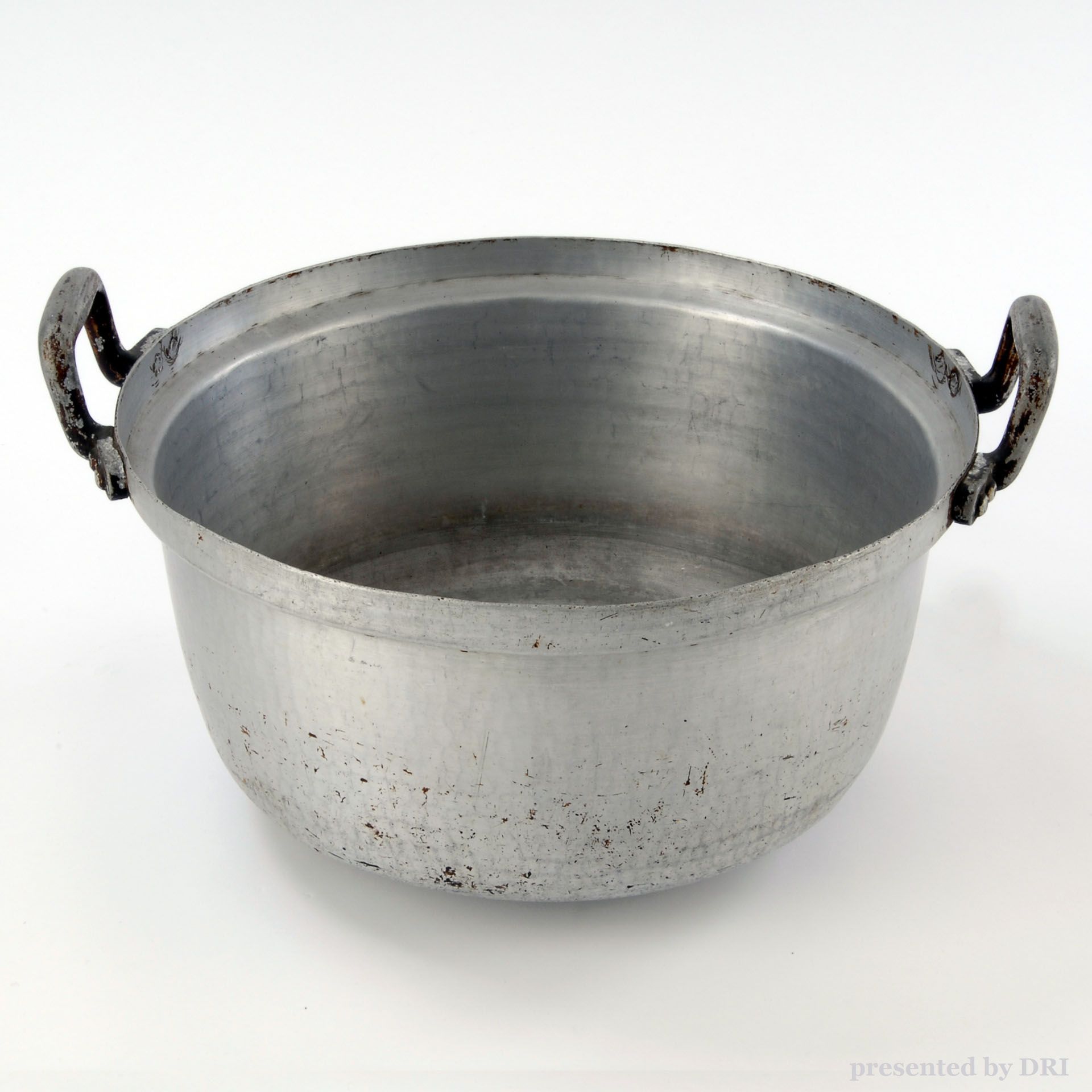
This pan was used at the base of support activities in the shelters in Nagata Ward, Kobe, where volunteers from all over Japan gathered.
Material No. 288 - 5027
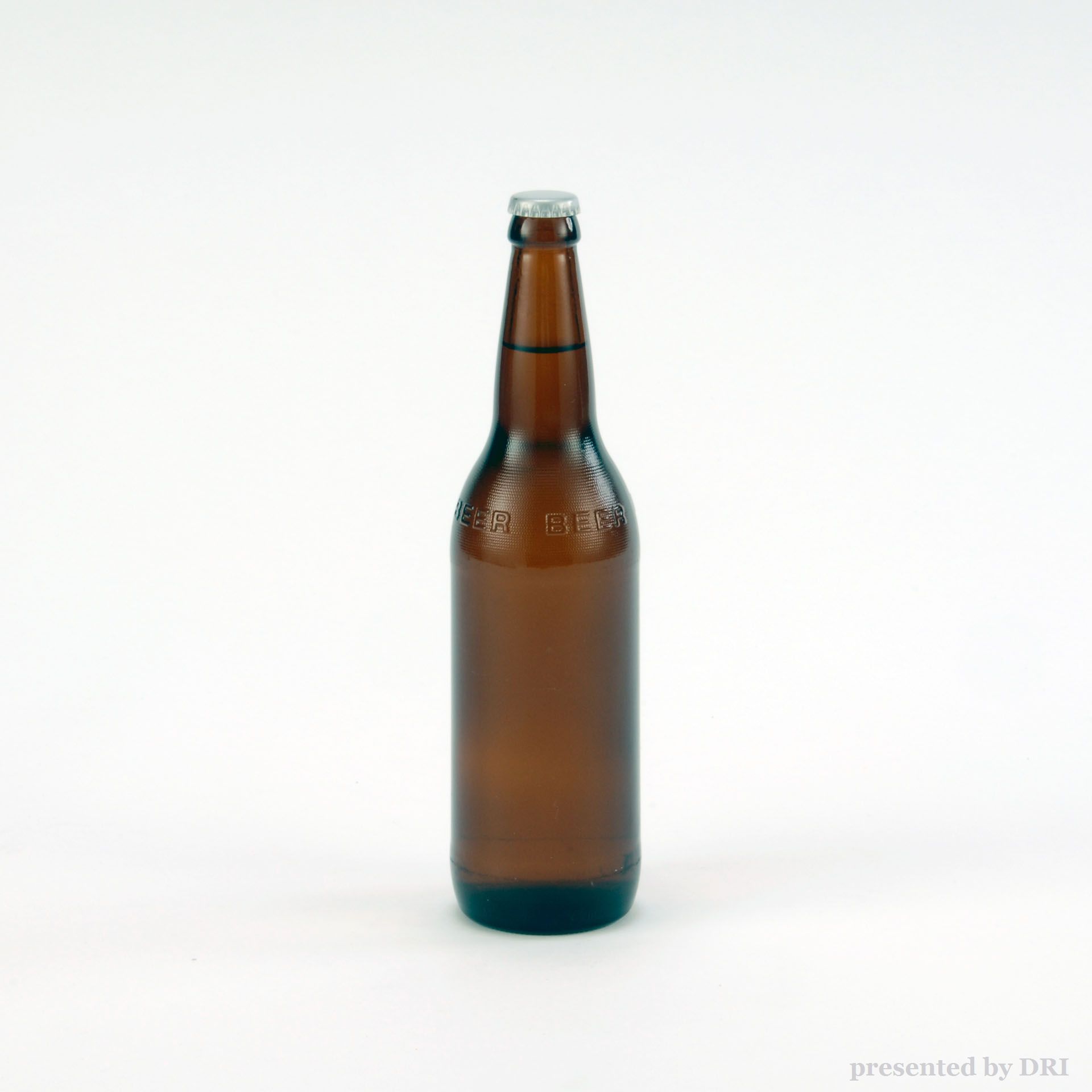
Such bottles were delivered to shelters as aid supplies by beer companies.
This bottle was carefully saved by a victim as "Precious Water for Life"
Material No. 439 - 1
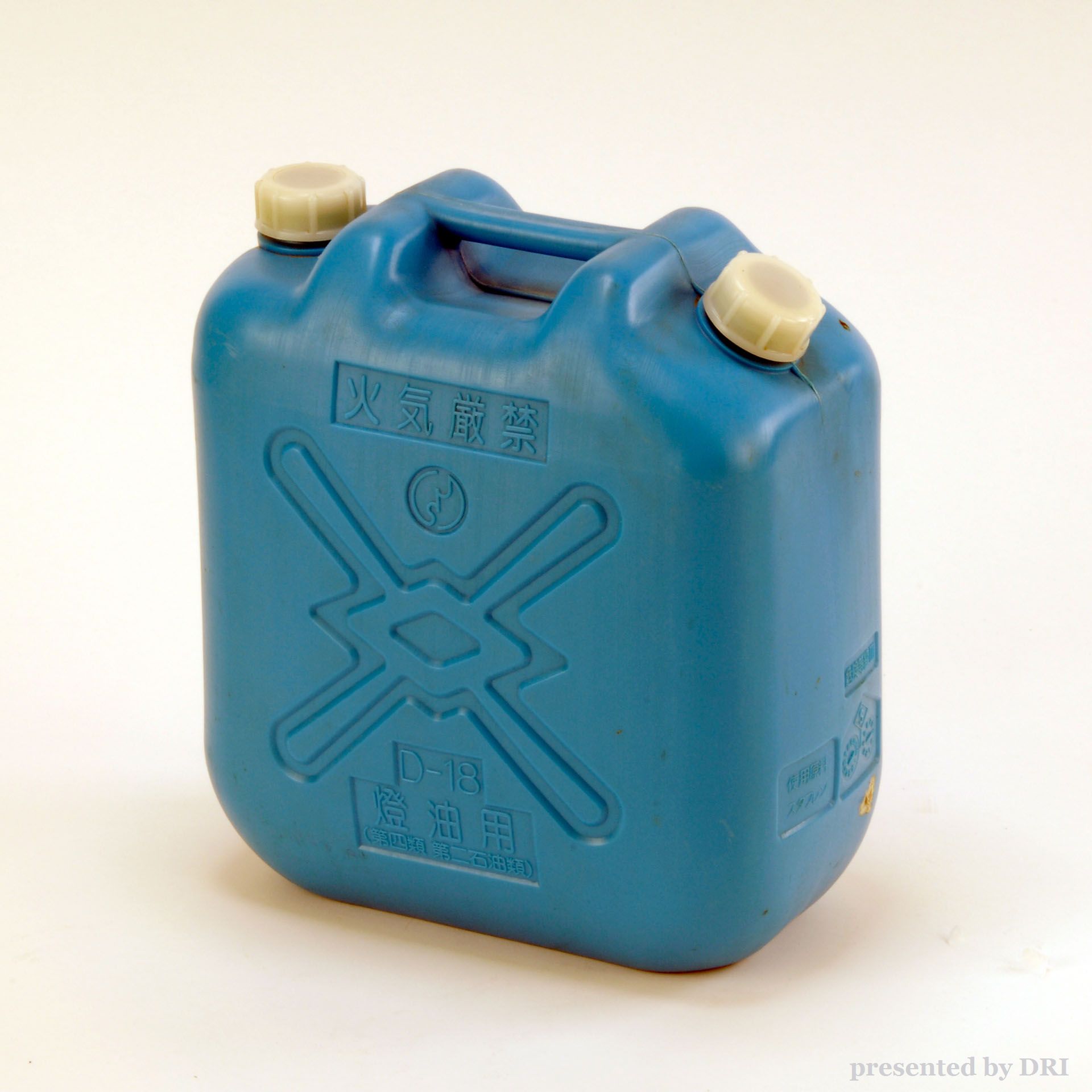
On the fourth day after the earthquake, an acquaintance of a victim in Nishinomiya carried and delivered it in person all the way from Mie Prefecture to Nishinomiya by train and on foot.
Under normal conditions it takes several hours, but it took eleven hours.
Material No. 341 - 2001
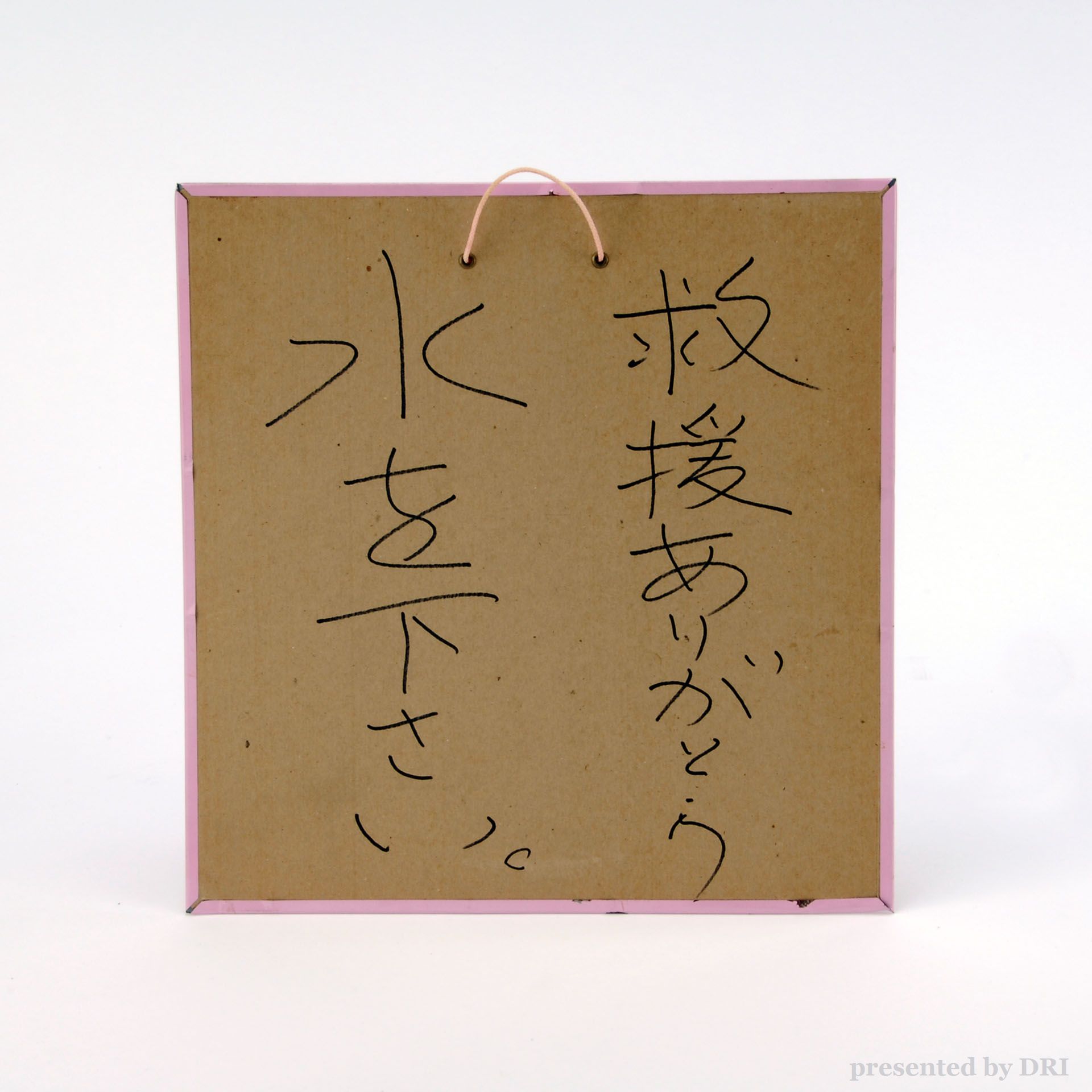
A victim wrote a message to appeal lack of water towards running Self-Defense Forces vehicles. Sometime within a week after the earthquake.
Material No. 2400232 - 1
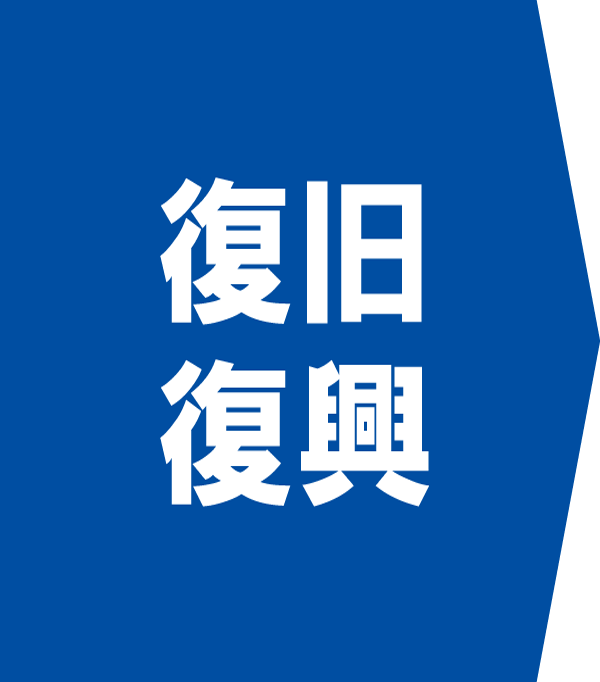
Materials that describe the road from recovery to revival
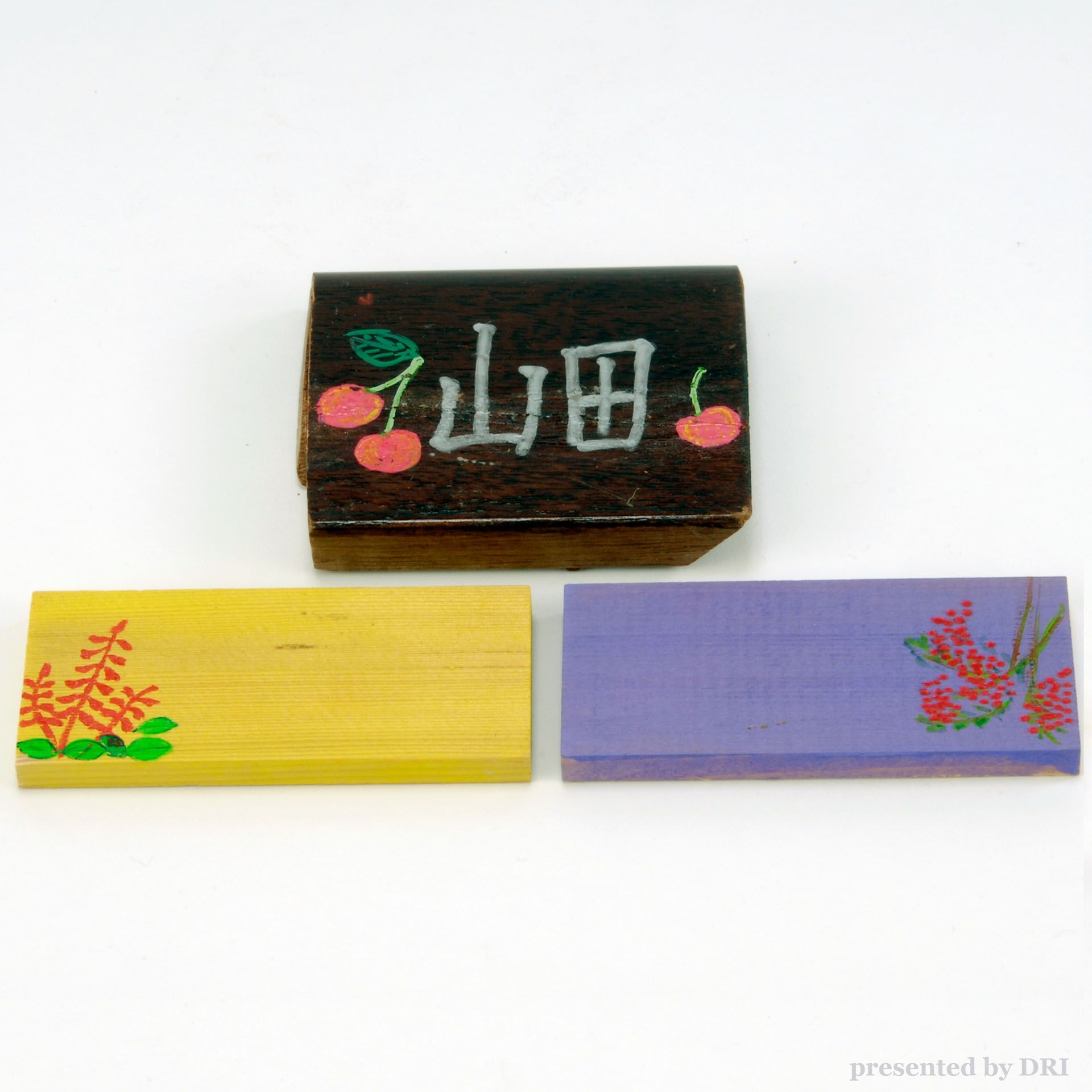
Handmade Nameplates used at temporary housing.
A donator made these nameplates herself and donated them to the residents of temporary housing, who found it difficult to get to their own houses which looked similar to other houses. At first, she had used scrapped boards out of abandoned chest of drawers, but later noodle venders or other people who had learned about her action offered many wooden plates of Kamaboko(Boiled fish paste is usually sold on wooden plates.) She also painted flowers, birds, etc. on them to make them more heartwarming. The donator, who is also a victim, found herself at peace while painting them. She made about 1.500 plates in a month and distributed them in person to 5000 temporary houses in Nishinomiya.
Material No. 395 - 2001
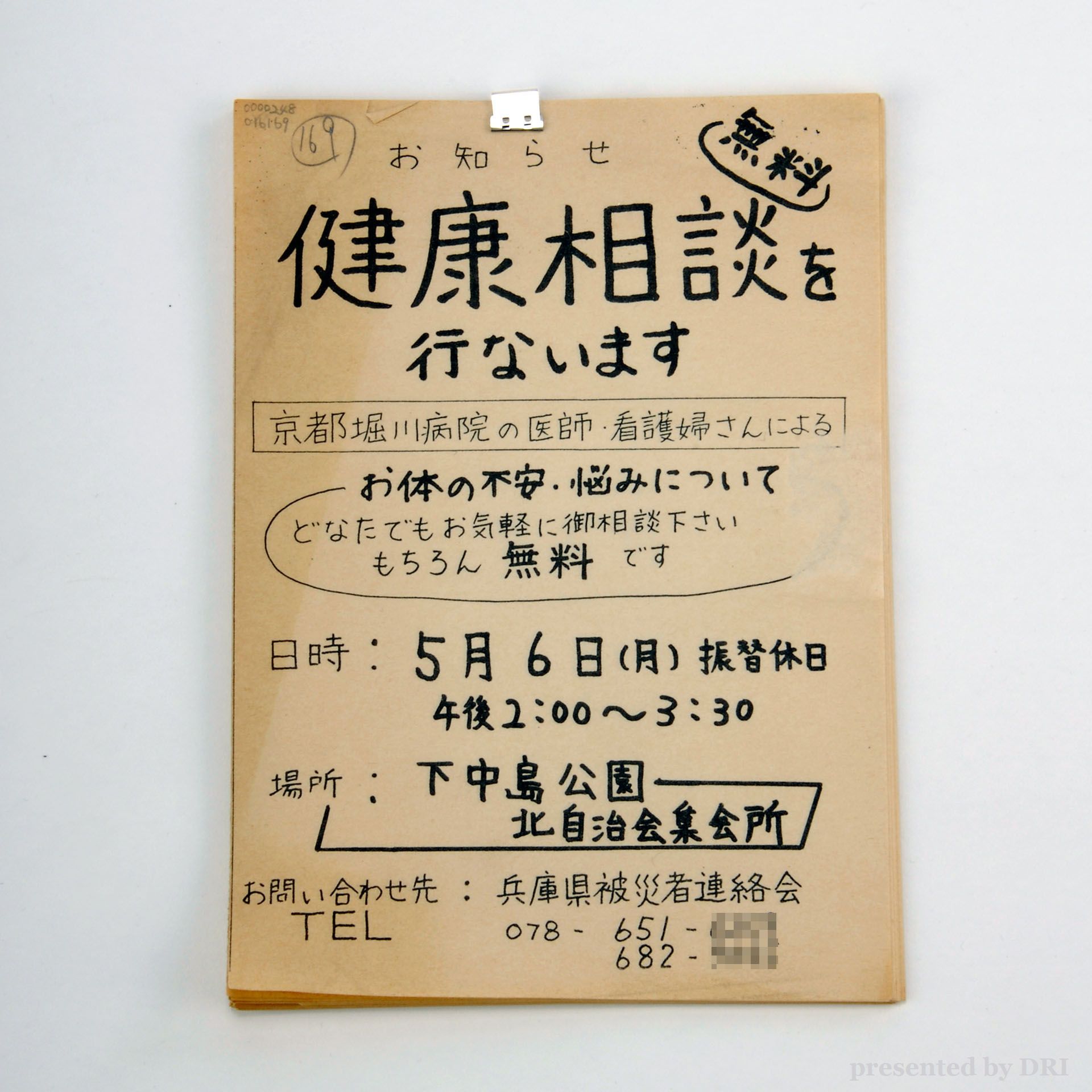
A notice to announce a free health consultation for the residents of temporary houses. May, 1996.
Material No. 248 - 16169
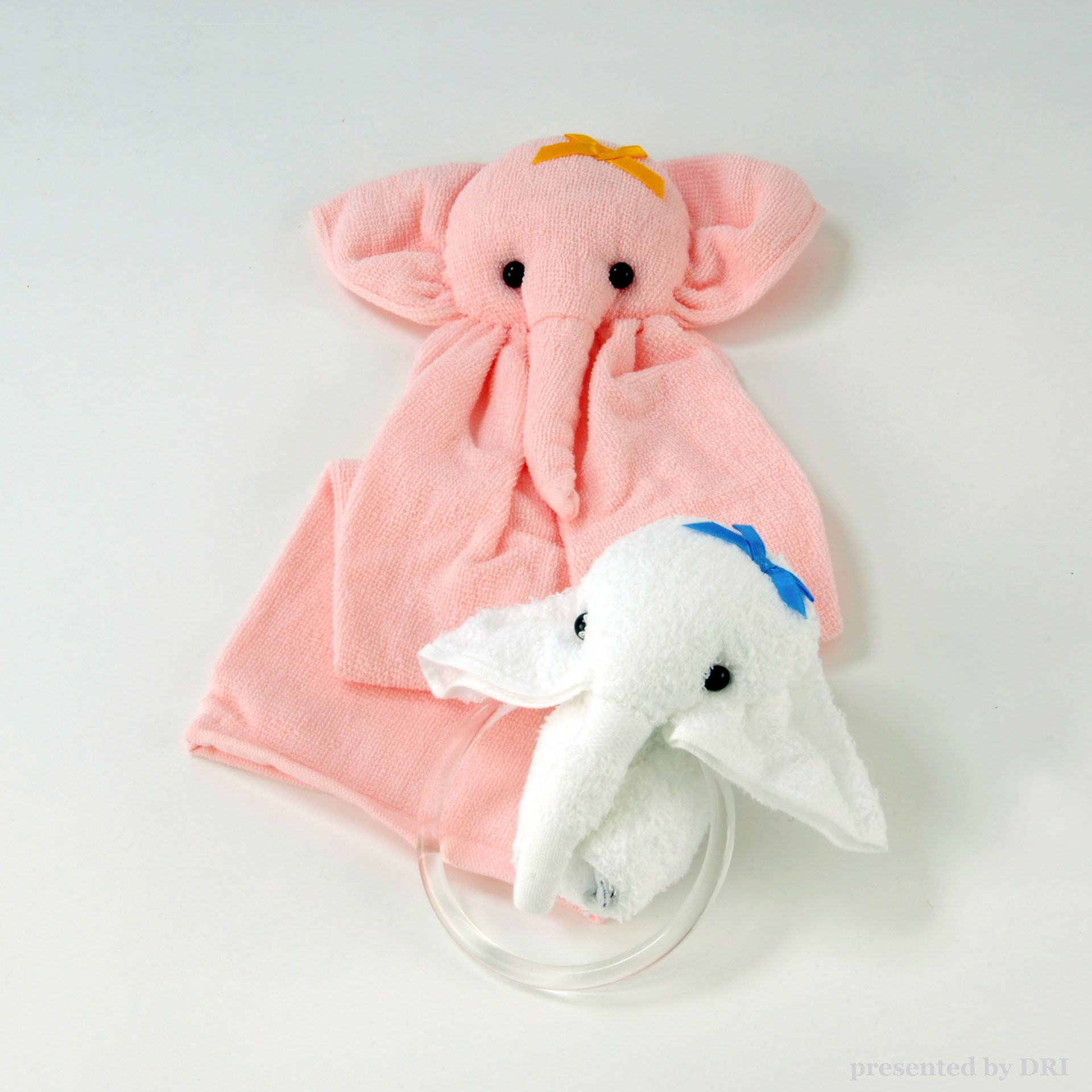
(This word means an elephant which never be beaten, and it's also the word to express a strong determination "I won't be defeated!")
These are hand towels shaped like elephants, which were handmade with donated towels. The residents of the temporary houses made them as a side job and got paid about \100 per a towel. This voluntary action which started in the stricken area of Jan.17 Earthquake was passed on to other disaster victims of the following natural disasters in Japan, and many towel elephants were made in the temporary houses in various districts. This interchange through "Makenaizo" is still going on in the stricken areas of the Great East Japan Earthquake. This exhibit is the one made in the temporary housing of the Great Hanshin Awaji Earthquake.
Material No. 1400224 - 1001
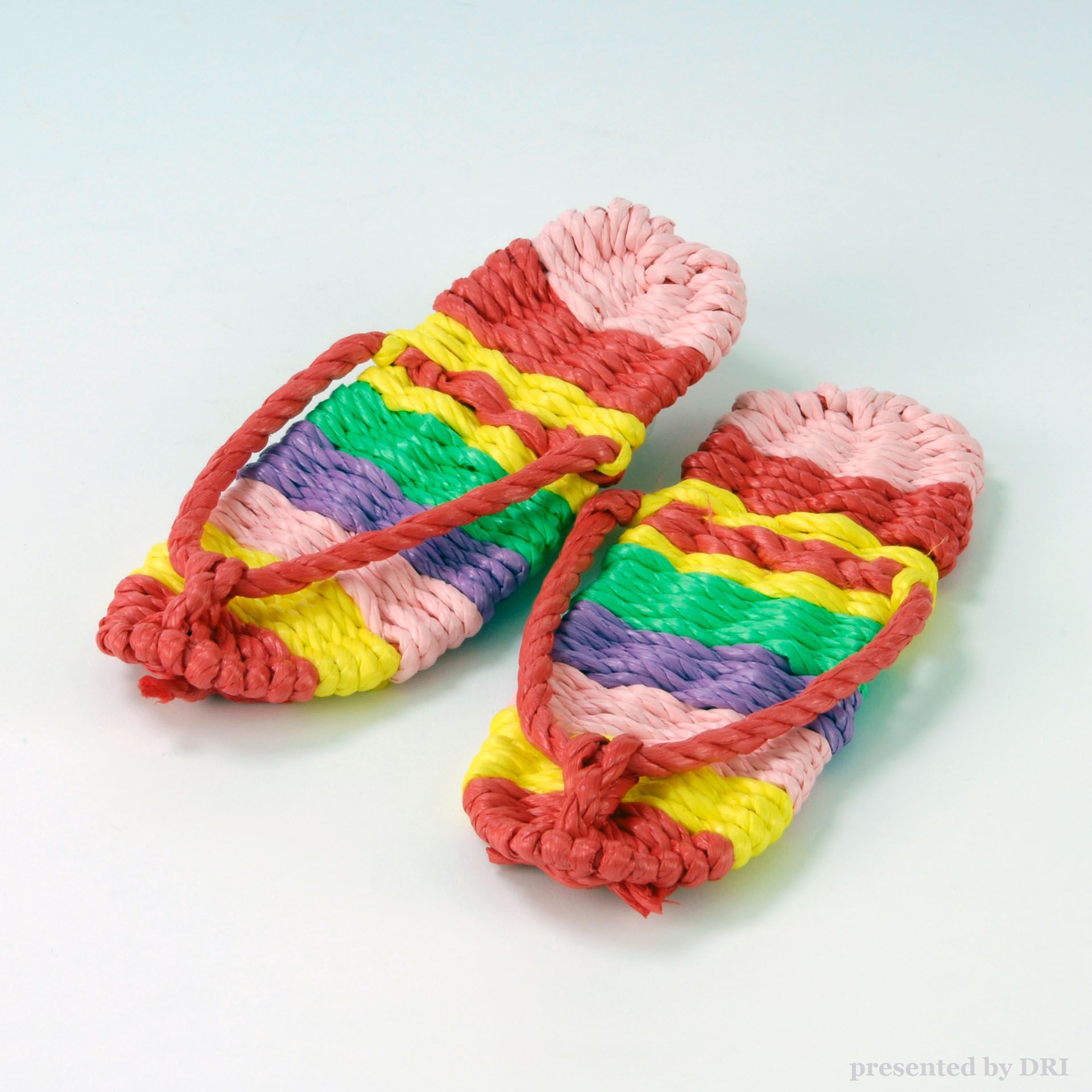
Supposedly made by a resident of a temporary housing.
Material No. 294 - 2002
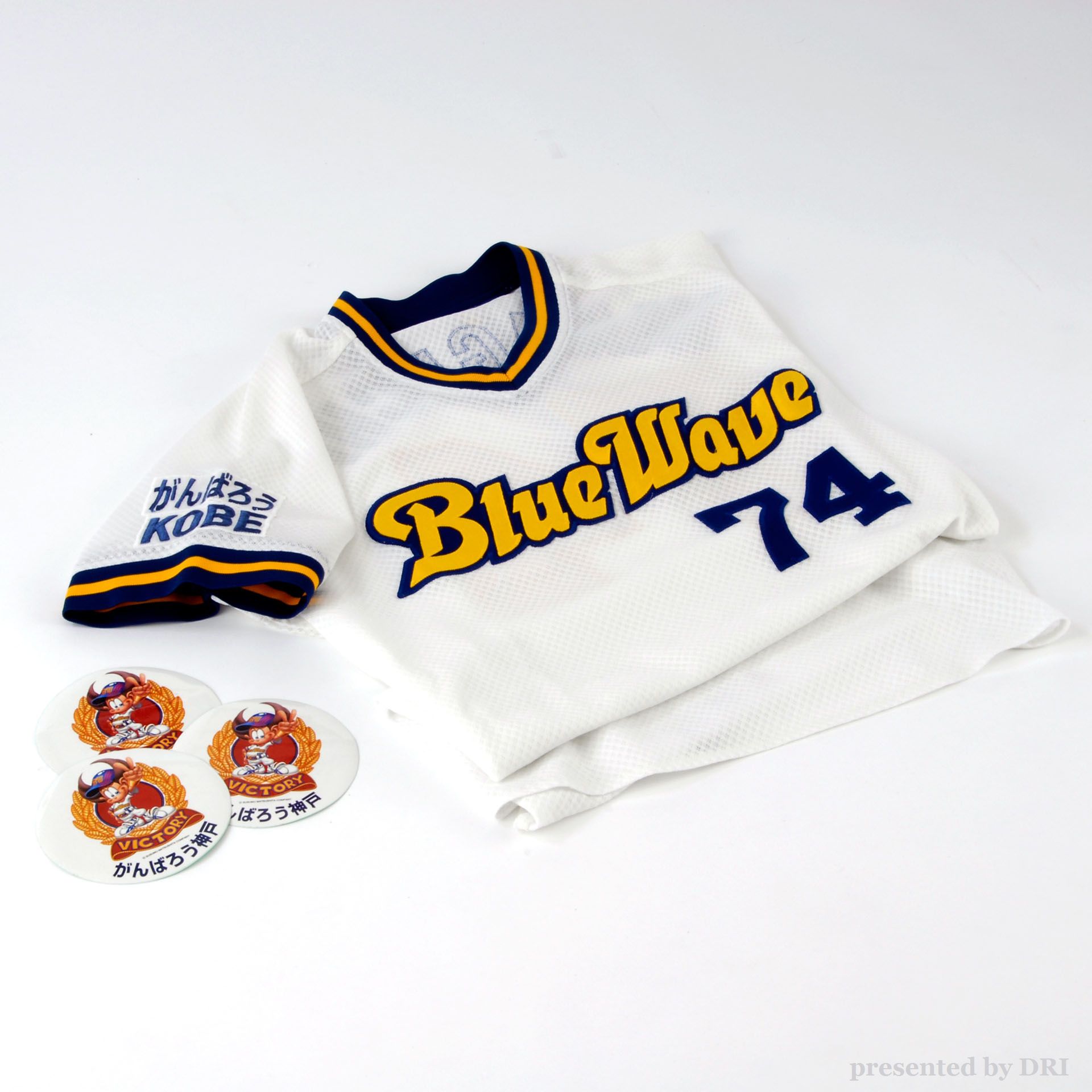
Ganbarou, Kobe! (Let's do our best, Kobe!) This slogan of the team expressed a wish for reconstruction and encouragement, and it was used everywhere throughout the country, not only in the disaster-stricken Kobe. It became one of the top popular words of the year in 1995. A professional baseball team "Orix Blue Wave"(now Orix Buffaloes) with its base in Kobe printed its slogan on their uniforms and played games encouraged by the enthusiastic cheers of Kobe citizens. It won the pennant of the league for the first time as "Orix" that year. Also in 1996, it won the champion of Japan and became a big encouragement for Kobe which was in the process of recovery. This uniform was donated by Mr. Takashi Yamaguchi (His number was 74 at the time).
Material No. 3400171 - 1006, 1005
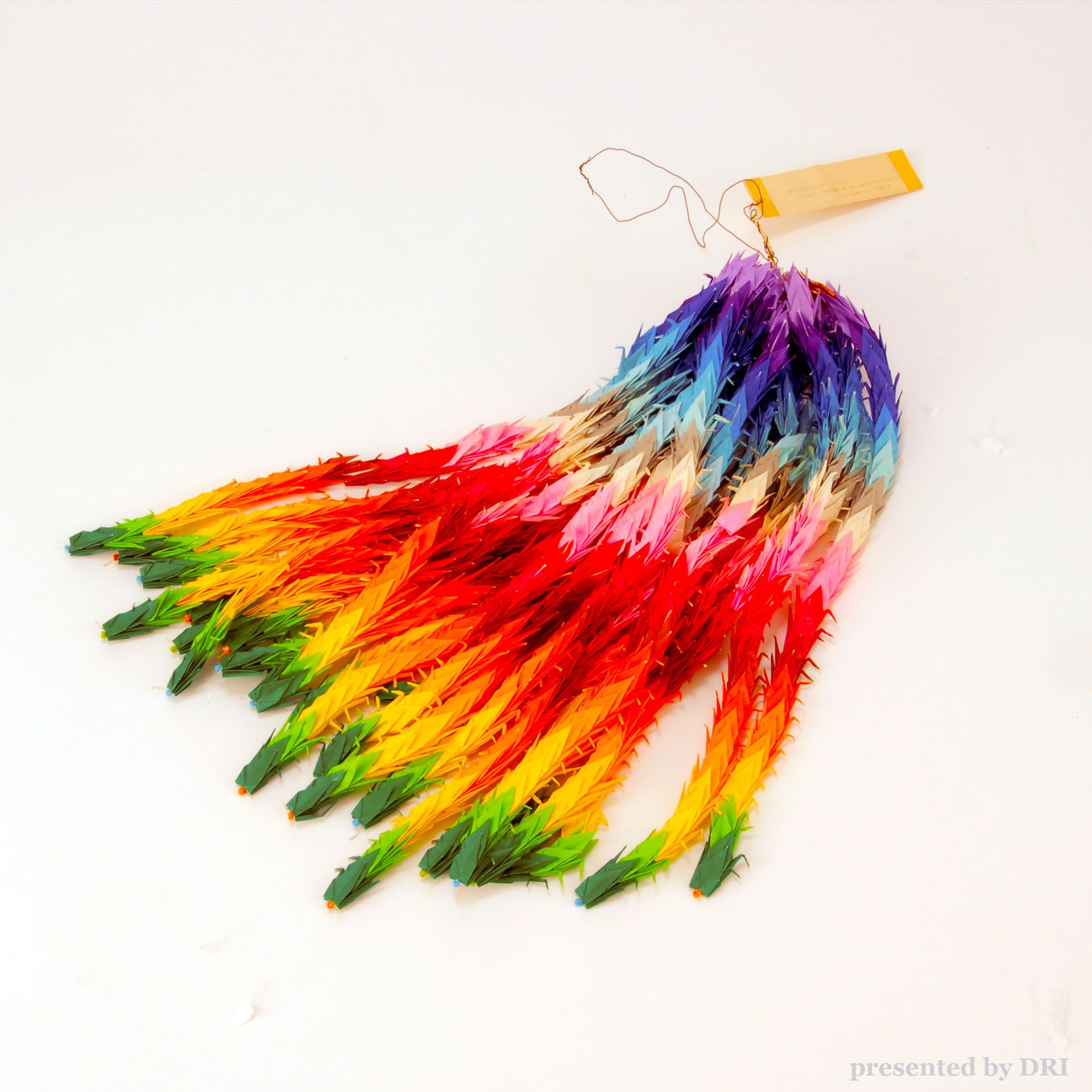
This was sent to a temporary housing in Port Island (Chuoh Ward, Kobe.) One example of many donations. Disaster Reduction and Human Renovation Institution still receives such cranes and other items from the schools all over Japan which visit our museum.
Material No. 395 - 2001
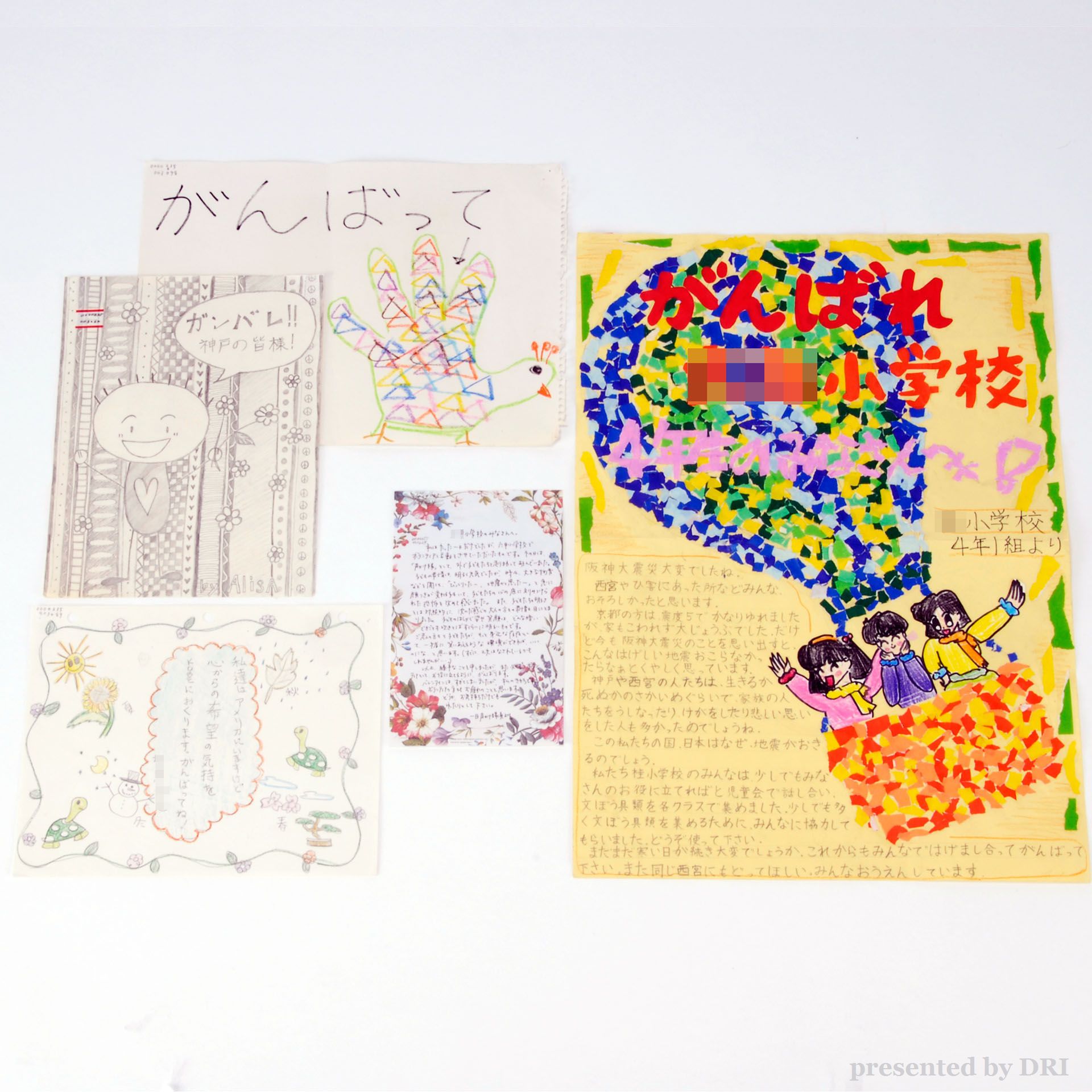
Messages attached to aid supplies, letters of sympathy and letters from volunteers after finishing activities. Many people from within and outside the country, irrespective of age, sent heartwarming words of encouragement. This exhibit is a sample of those.
Material No. 3201201 - 2024
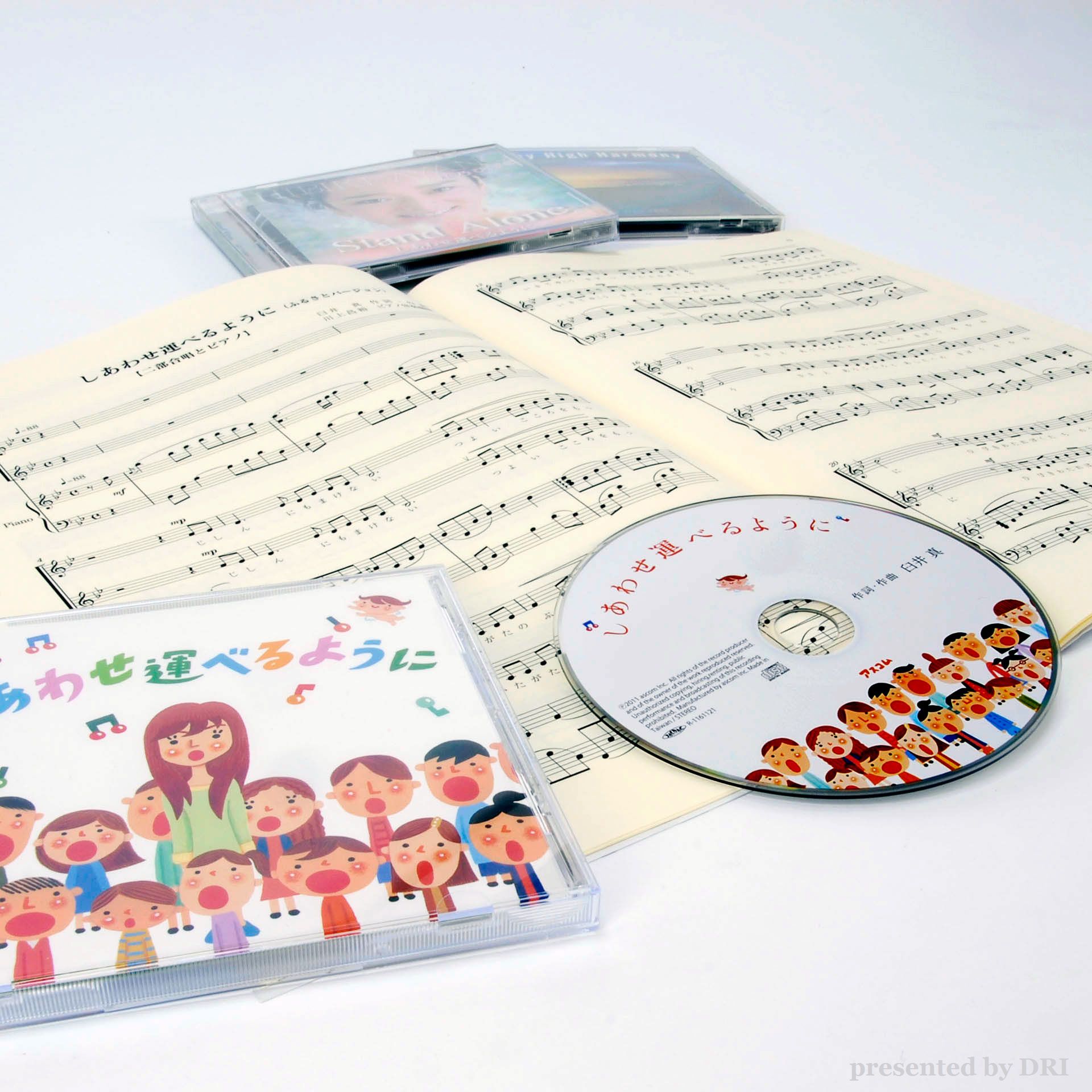
Shiawase Hakoberu Youni (Bring Happiness to the World)
This chorus music was composed with a wish for recovery from the experiences of the earthquake disaster. It was written right after the earthquake, gradually became widely known throughout the country with the years and now being played especially in the disaster stricken areas. Various singers released CDs of this song. In 2008, it was also sung in Chinese after the Sichuan Earthquake, China, and keeps encouraging people in the world. Now it is played as an encouraging song for recovery from the Great East Japan Earthquake.
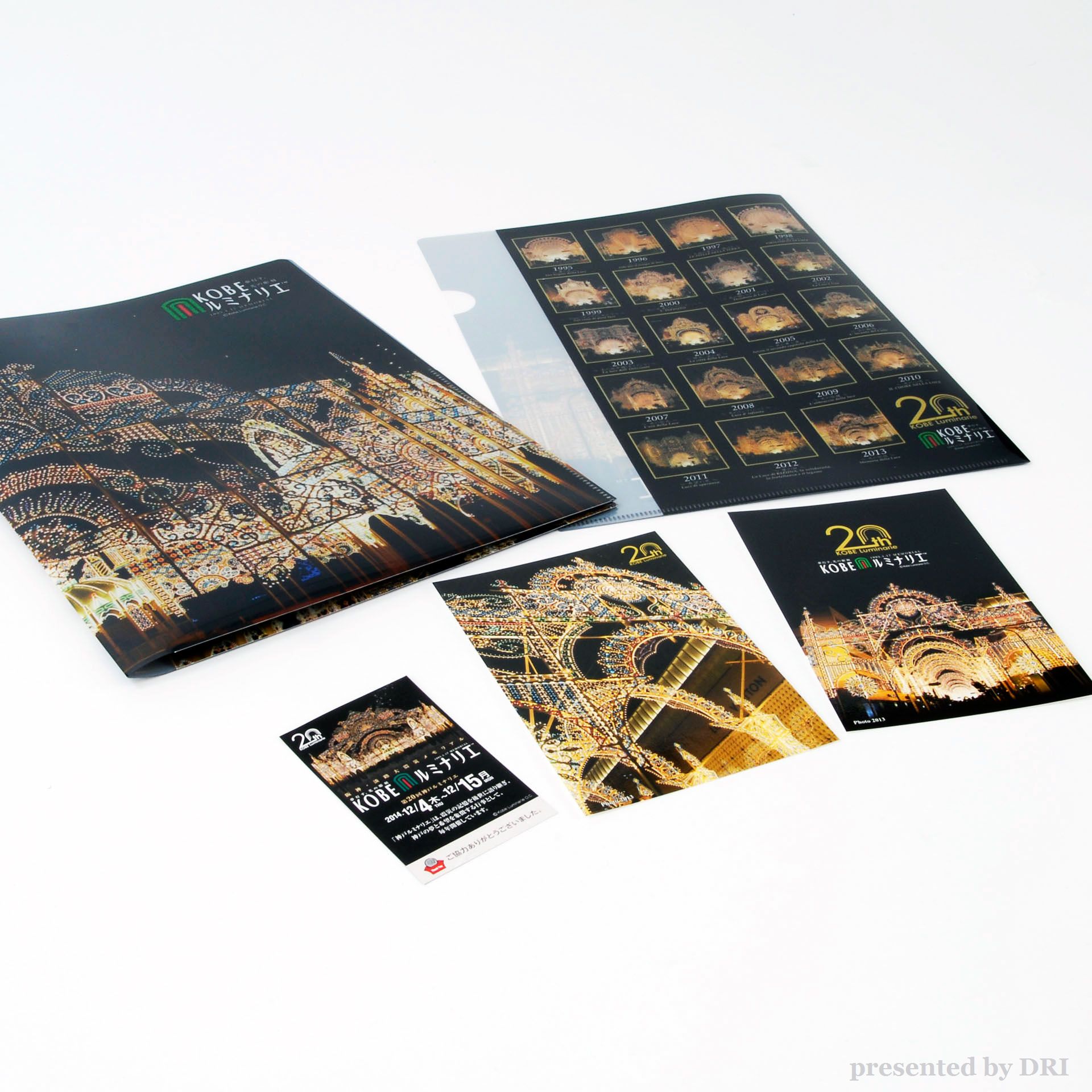
This festival of illumination, which started in December, 1995, wishing for recovery and revival from the earthquake disaster, was successively kept being held every year. The recent one was the 20th, so memorial goods were made to the memory of its history.

The Complete Ten Volumes of "Documents on Recovery from the Great Hanshin-Awaji Earthquake"
Documentary records on the long-term process of recovery from the earthquake were published on the basis of all the data, documents, etc. concerning the recovery for the purpose of leaving a comprehensive record. They were published annually from 1995 to 2005. The 1st and 2nd Volumes were published by the 21st Century Hyogo Creation Association and the 3rd to 10th Volumes were published by the Great Hanshin-Awaji Earthquake Memorial Association.
Material No. 395 - 2001